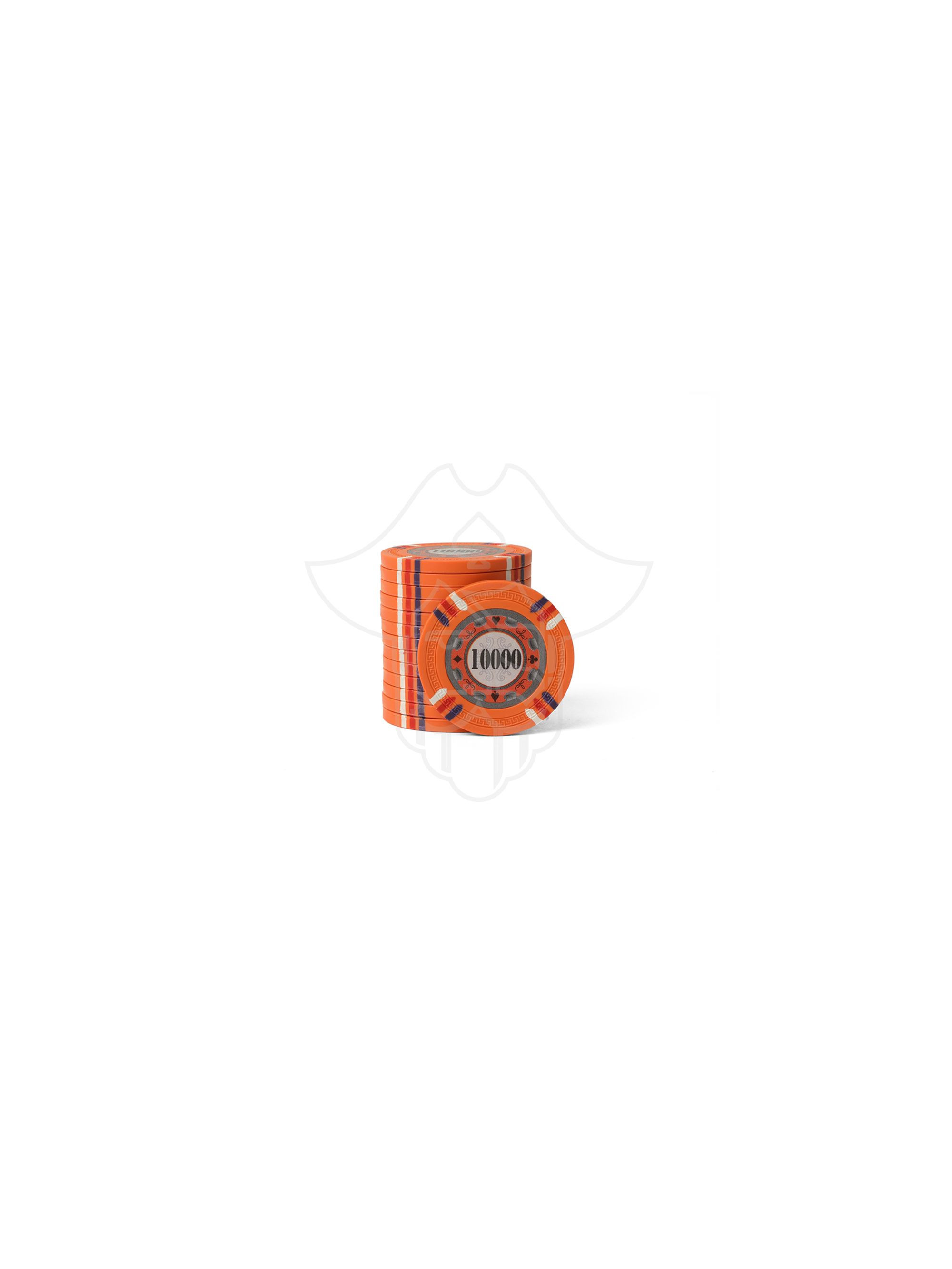views
In this article, we delve into advanced techniques in dog behavior modification, exploring innovative methods to nurture a harmonious relationship with your canine companion.
Understanding Canine Behavior: A Primer
Before we embark on advanced techniques, it’s crucial to comprehend the intricacies of canine behavior. Dogs communicate through body language, vocalizations, and various behaviors that may be driven by instinct, fear, or past experiences. Recognizing these cues is the first step in addressing and modifying undesirable behaviors effectively.
1. The Power of Positive Reinforcement: Going Beyond Treats
Positive reinforcement is a cornerstone of dog training, but advanced behavior modification requires a nuanced approach. Beyond simple treats, explore alternative rewards such as playtime, verbal praise, or even new toys.
Tailoring rewards to your dog’s preferences enhances the effectiveness of positive reinforcement and strengthens the bond between you and your furry friend.
2. Counterconditioning: Rewiring Negative Associations
For dogs with fear or anxiety-based behaviors, counterconditioning is a powerful tool. This technique involves replacing negative associations with positive ones.
For example, if your dog exhibits fear towards strangers, pair their presence with something delightful, gradually shifting the emotional response from fear to joy.
3. Desensitization: Gradual Exposure for Lasting Change
Desensitization involves exposing your dog to triggering stimuli in a controlled and gradual manner.
This technique is particularly useful for addressing phobias or anxieties. Whether it’s the vacuum cleaner, loud noises, or other dogs, a carefully planned desensitization program can help your dog build tolerance over time.
4. Clicker Training: Precision in Positive Reinforcement
Clicker training is a form of operant conditioning that uses a small handheld device to make a distinct clicking sound. This precise method allows you to mark desirable behaviors with precision, facilitating clearer communication with your dog. Clicker training is especially effective for refining behaviors and teaching complex commands.
5. Targeted Behavior Modification for Aggression: A Comprehensive Approach
Aggressive behaviors in dogs can be challenging to address. An advanced approach involves identifying the root cause, implementing a combination of positive reinforcement and counterconditioning, and seeking guidance from a professional dog behaviorist. Consistency and patience are key as you work towards reshaping your dog’s responses to triggers.
6. Interactive Games and Enrichment: Mental Stimulation for Balanced Behavior
Beyond physical exercise, mental stimulation is crucial for a well-balanced dog. Engage your furry friend with interactive games, puzzle toys, and activities that challenge their intellect. A mentally stimulated dog is less likely to exhibit destructive behaviors and is more adaptable to various environments.
7. Canine Massage and Relaxation Techniques: Calming the Anxious Soul
Physical touch can have a profound impact on a dog’s emotional well-being. Learn basic canine massage techniques to relax your dog and alleviate stress. This not only fosters a sense of trust but also aids in overall behavior modification by promoting a calm and centered state of mind.
Conclusion: Nurturing a Lifelong Bond Through Advanced Techniques
As we venture beyond basic obedience training, we discover a world of advanced techniques that not only modify undesirable behaviors but also deepen the connection between humans and their canine companions. Remember, each dog is unique, and a tailored approach to behavior modification ensures the best results.
Embark on the Journey Together Embarking on the journey of advanced behavior modification is a commitment to understanding, patience, and mutual growth. If you find yourself facing challenges beyond your expertise, consider consulting with a professional dog behaviorist.
The bond you share with your dog is a lifelong journey, and by investing time and effort into advanced techniques, you’re not only shaping their behavior but also fostering a relationship built on trust and understanding. Take the next step in your dog’s training journey, and explore the vast possibilities beyond obedience. Your furry friend will thank you with a wagging tail and a heart full of love.
Dogs are more than just pets; they are companions, family members, and often, our closest confidantes. While basic obedience training is crucial for a well-behaved furry friend, there comes a point where we may encounter behavioral challenges that go beyond the scope of traditional commands.











